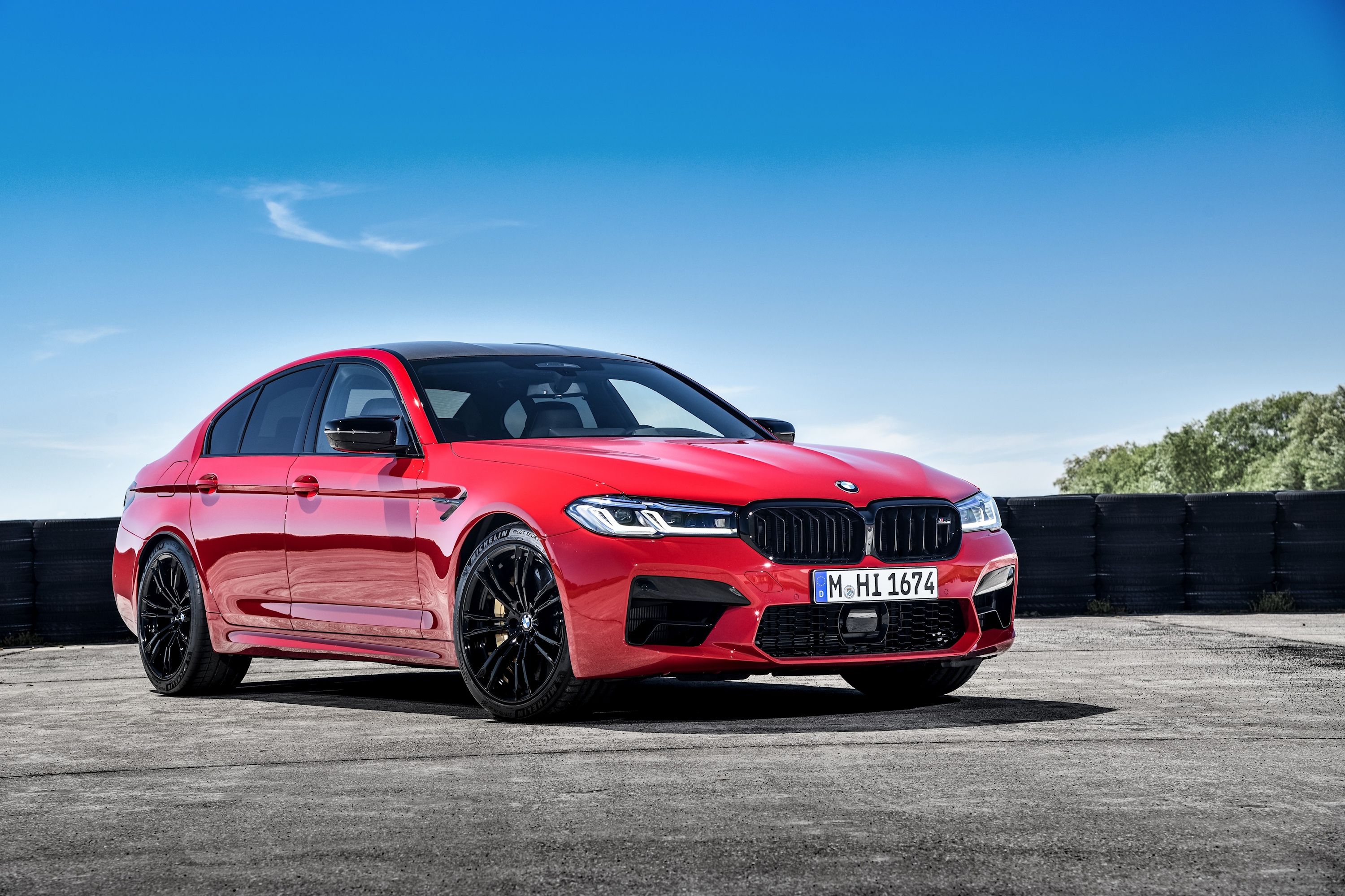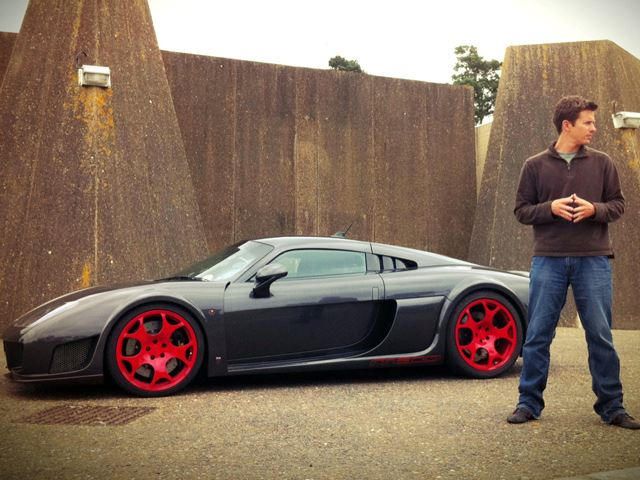It is usually accepted as incontrovertible fact that sex sells. But spend some time talking to a veteran of marketing and they will tell you that even this assumed truth is hardly a guarantee. The truth is that nobody can really say for certain what will sell well, or even what TV shows will be a hit. This is why a franchise with such a hugely popular original show could produce such widely varied results when it comes to the international editions; it's really just guesswork. But the idea to spin off the highly successful Top Gear into several local editions for various countries makes a good deal of sense.
The show is broadcast in more than 170 different countries, and has been enjoyed by millions outside the UK for years. Versions of the show geared more specifically to other markets, particularly in countries that love their cars, seems like it would be a hit. But this wasn't always the case. The first international version of the show was Top Gear Australia, debuting in 2008. This was a good pick, as the automotive market in Australia is sufficiently different from the UK as to allow the new show to do something other than simply reviewing the same cars as the UK show all over again.
There were a couple of problems with the Australian show. The most obvious is the revolving door cast, where the first, second and third seasons each had different lineups, and Steve Pizzati was the only presenter to last through to the end.
This made it difficult for viewers to come to appreciate the quirks and insights of any presenter other than Pizzati very much, as they'd be gone as soon as you got to know them. There was also the issue of the chemistry between the different presenters, something which needs time in order to cultivate, and thus deprived could not flourish. Despite the problems, Top Gear Australia managed to last for four seasons before being cancelled in 2011 due to poor ratings. This was considerably better than Top Gear Russia, the second spinoff which launched in 2009. Unlike the Australian version of the show, Top Gear Russia was never really in competition with the original.
English-language versions of Top Gear typically need to establish a reason for their existence alongside the British show, as committed gearheads will probably watch both. But non-English versions have no such problem. Like Top Gear Australia, Top Gear Russia followed much the same formula as the original show, including the use of the same theme song. The potential was there for success, but the Russian show bombed, with only one season making it to air. What is interesting about this is that Top Gear Korea (this is South Korea, obviously; a car show in North Korea would be nothing but a sick joke) followed pretty much the same path without failing.
In fact, the Korean show not only copied the original format, but it also went through lineup changes every bit as bad as the Australian show, and yet is still on the air. So why did it work this time? It's difficult to say, but there are likely to be more spinoffs, and perhaps eventually a pattern will emerge. The international version which looms largest is the American show. The show which currently finds its home on the History Channel is actually the fourth incarnation of an American version of Top Gear. A pilot of Top Gear US was filmed all the way back in 2006 and would have been the first international edition, had it been picked up.
Two more failed attempts later, and History finally picked up a short first season with Tanner Foust, Adam Ferrara and Rutledge Wood.
This first season was very hit-or-miss, with many of segments having been lifted straight from the UK show, further highlighting that Top Gear US hadn't yet hit its stride. The chemistry between the hosts was lacking, something which the show's many vocal critics lamented. The UK suffered the same problem in its first season, bad enough that one presenter was replaced, but this was conveniently forgotten. These problems would be ironed out in later seasons, and an obvious effort was made to distance the show from the UK version. The show now clearly draws from the same inspiration, but takes a slightly different approach.
This makes the show's reason for existing much more clear, and the result has been good ratings and an actual successful English-language Top Gear spinoff.


